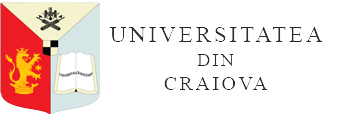FOUNTAINE WATER POTABILITY ASSESSMENT IN THE SUCEAVA COUNTY
DOI:
https://doi.org/10.52846/aamc.v52i2.1392Abstract
Due to the qualitative changes of groundwater, produced by pollution with substances that alter the physical, chemical and biological qualities of water, at the level of individual water sources (wells), there are frequently recorded exceedances of the maximum permissible concentration for chemical parameters such as ammonium, nitrates, nitrites, hardness, etc.
The quality of water in wells is influenced by the soil structure and various sources of pollution and the excessive use of fertilizer for fertilization and also by rain washing of agricultural soils (especially in winter). The presence of severe storms can be important sources of nitrate contamination for surface waters. Even the natural structure of the soil can alter the quality of the water.
Increased concentrations of nitrate in drinking water can be produced by several sources already mentioned, but also by the non-compliance with hygienic-sanitary conditions and location of wells. The goal of this study is to increase the awareness of the importance of monitoring the quality of the water that people consumes. Systematic monitoring of the quality of drinking water is essential, considering the negative influence of the exceedence of maximum admissible values for some parameters, especially on the organisms of children and infants for whom can even lead to death. The results show that the maximum admissible limit values for nitrate and ammonium concentrations in the fountaine water from the Suceava district are exceeded in some cases, while the other parameters under investigation are in general within the permissible limits.


